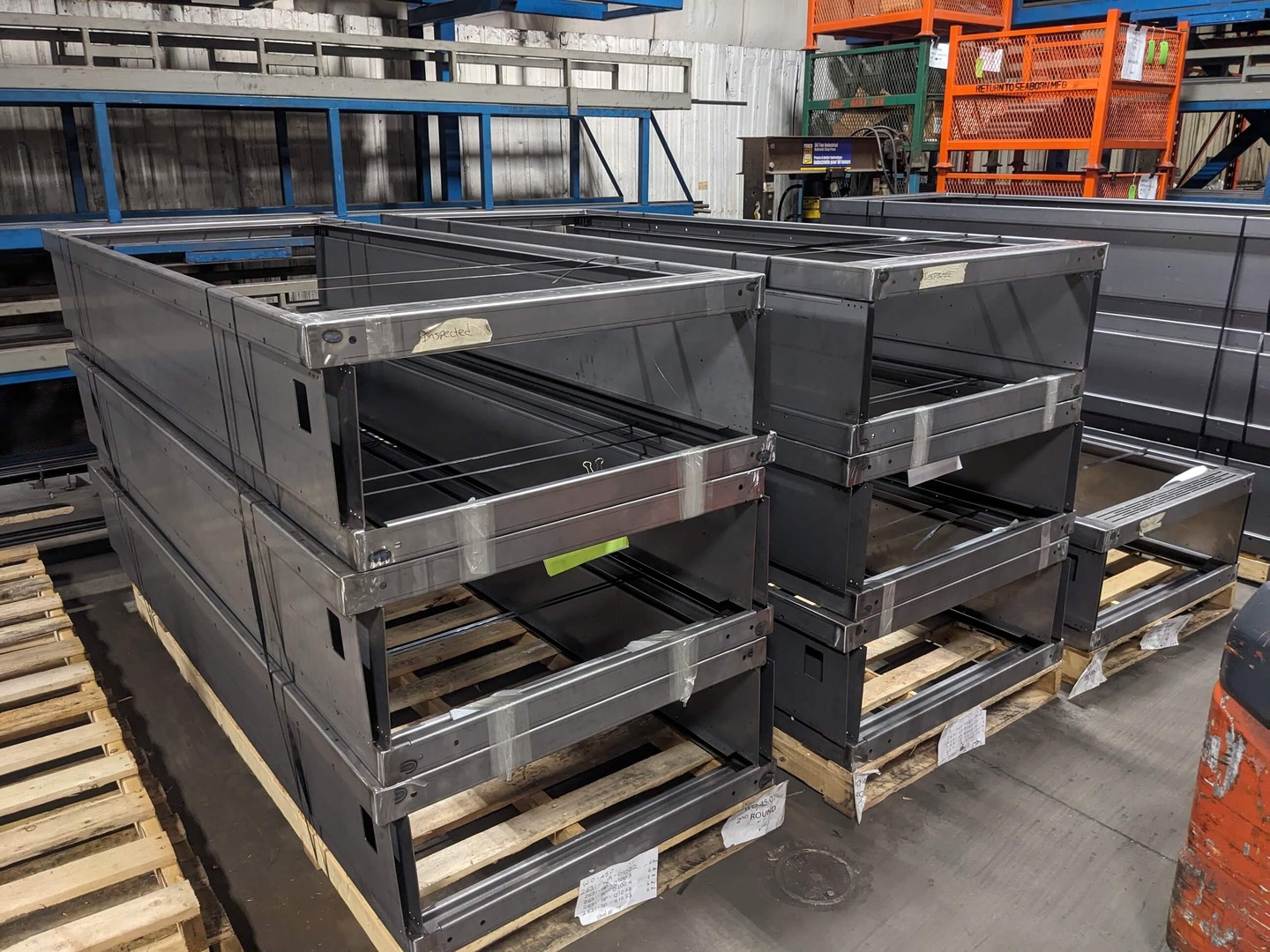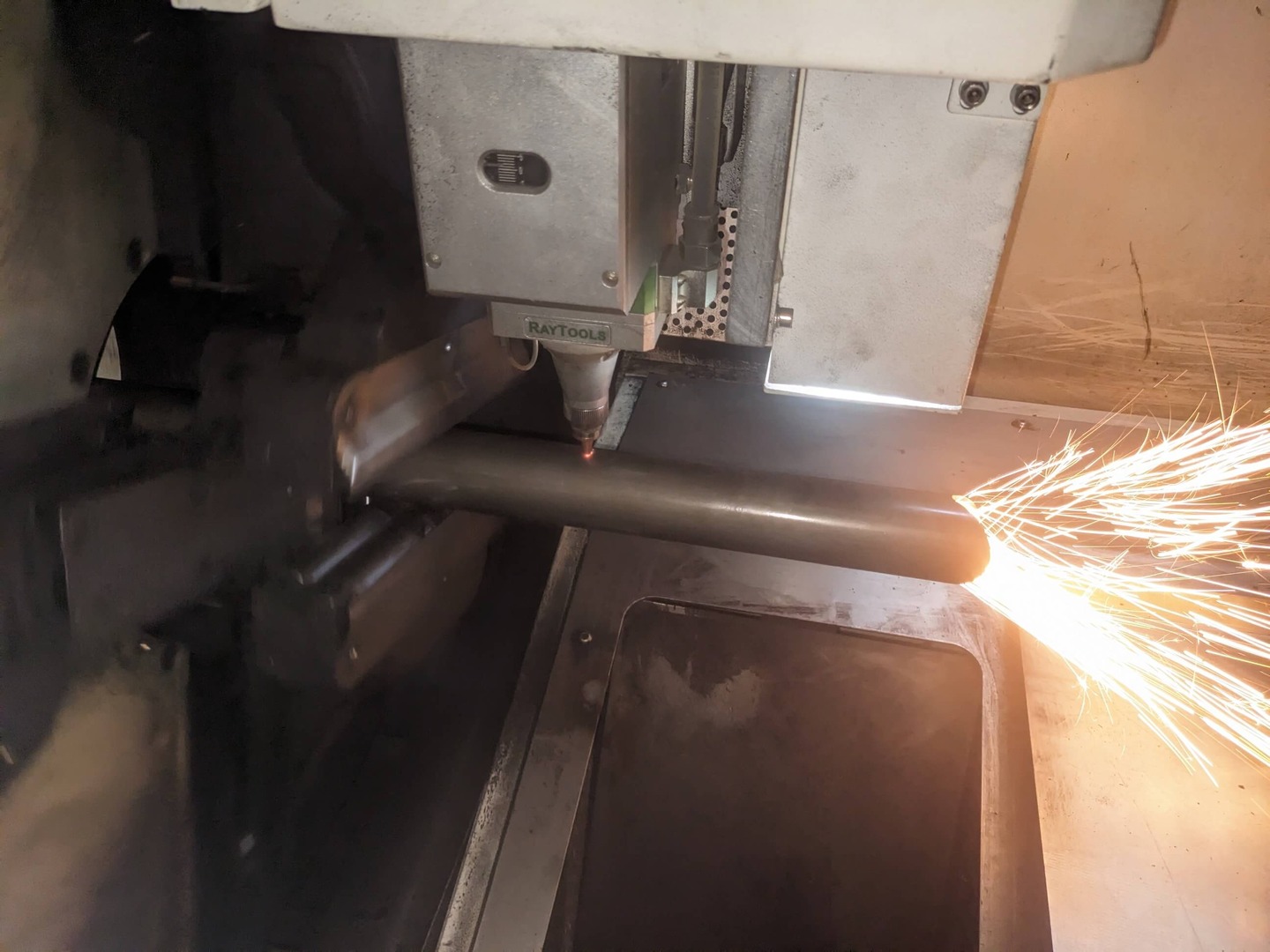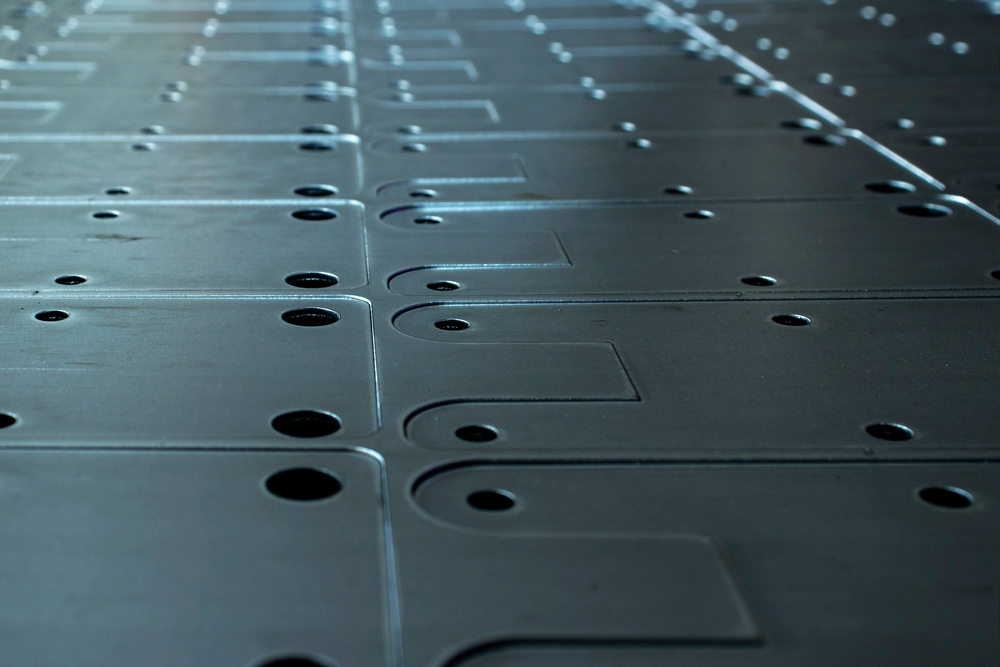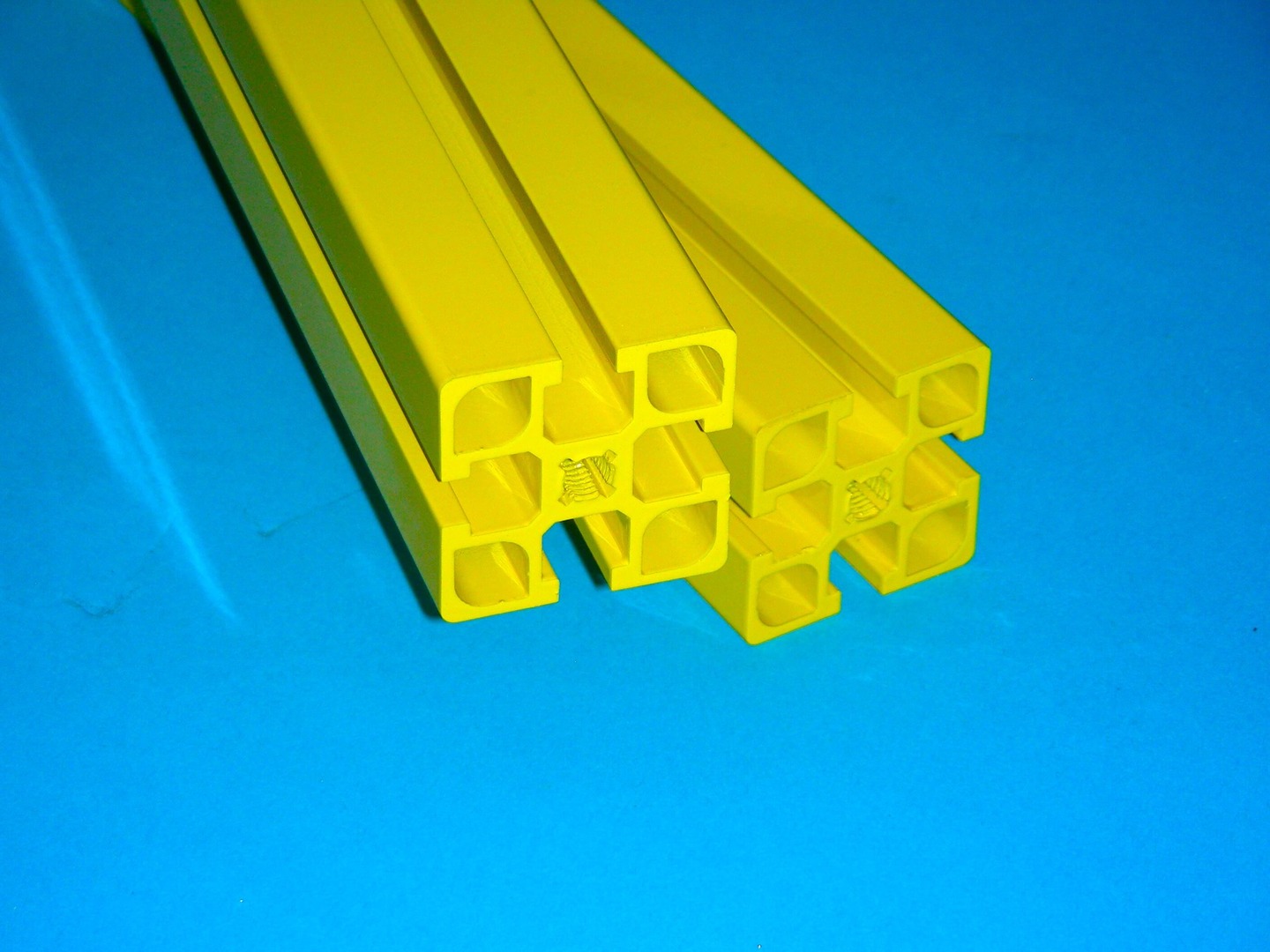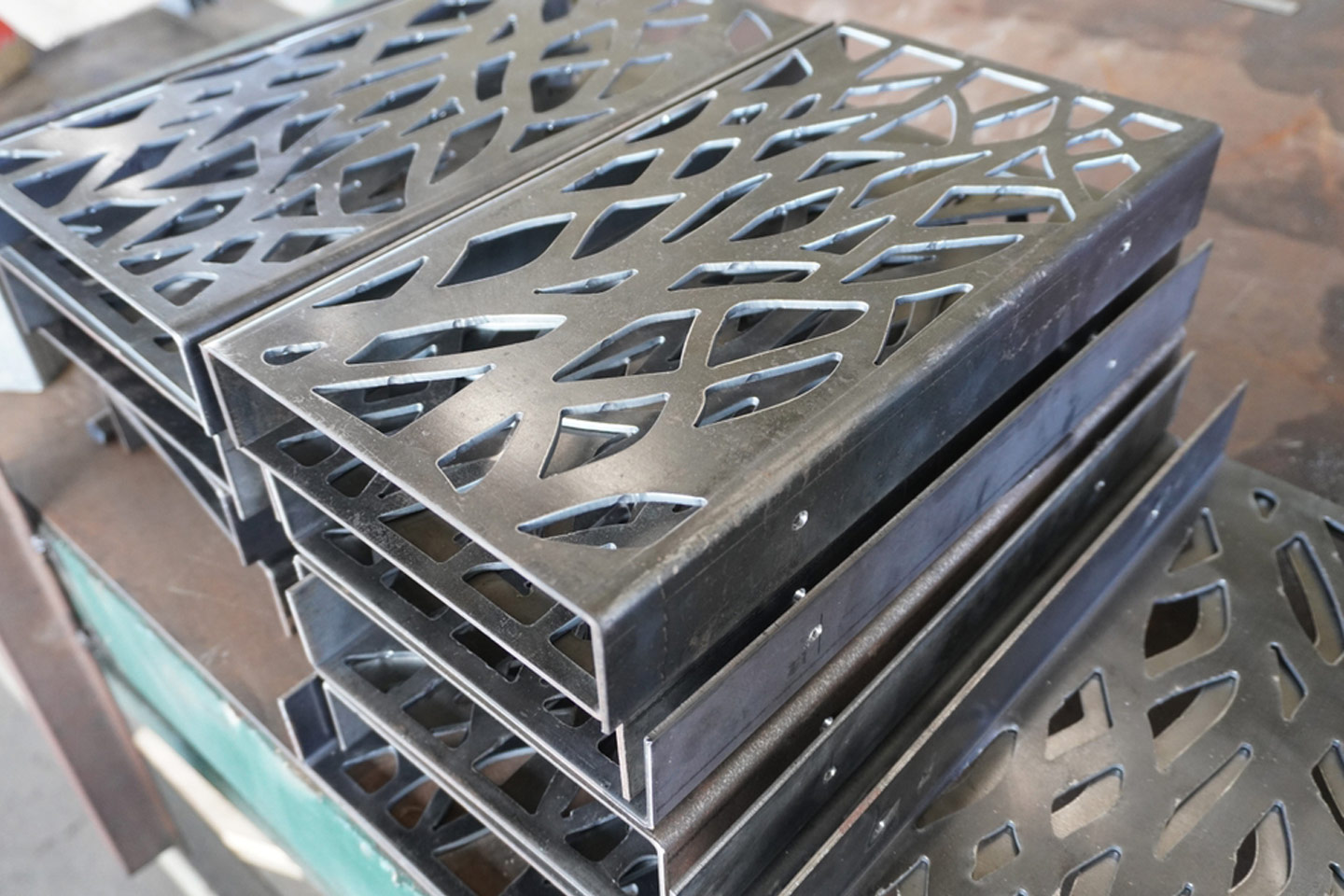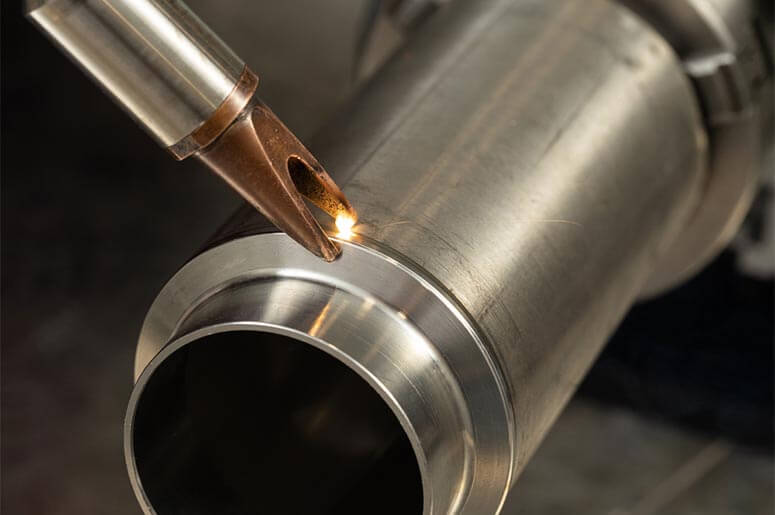Introduction
One of the fundamental process in metal fabrication is welding. Welding permits the manufacturer to fuse metal components securely and efficiently. It plays a crucial role in ensuring product strength, durability and reliability. However, no one welding techniques is for every job. Industries’ now demand higher- quality and more resilient metal structures and here is where the role of advanced welding methods and techniques eneter. These can include such things as MIG (Metal Inert Gas), TIG (Tungsten Inert Gas), SMAW (Shielded Metal Arc Welding) ,Laser Welding, and Robotic Welding. These techniques have revolutionized metal fabrication and are now widely used in different industries including construction, recreational vehicles (RVs, ATVs), furniture manufacturing, and industrial applications.
Types of advanced welding methods
MIG (Metal Inert Gas) Welding
This technique is also known as Gas Metal Arc Welding (GMAW) and is used commonly by manufacturing industries nowadays.
The technique involves use of a continuous electrode that melts and fuses materials together. It also has shielding gas which is typically argon or CO2 mixed gas, that protects the welds from contamination. The technique is ideal for mass production and gives high- strength welds with minimal defects.
MIG welding is particularly useful in industries requiring mass production of metal components, such as industrial equipment, furniture, and off-road vehicles (ATVs, UTVs, RVs).
TIG (Tungsten Inert Gas) Welding
This welding method is also called Gas Tungsten Arc Welding (GTAW). It uses a non- consumable tungsten electrode to heat and fuse metal and also a separate filler metal is added manually (typically), for better control over the weld. Like MIG, it also involves using a shielding gas, which is generally argon or blended gas, to prevent oxidation and contamination of the metal. The technique is best suited to detail work it provides extreme precision and cleaner welds. It also ufortunetely results in more heat input which needs to be controlled.
TIG welding is often used in decorative metalwork, precision industrial parts, and recreational vehicle frames, where both strength and aesthetics are essential.
Laser Welding
Laser welding is one of the most advanced techniques used by manufacturers for welding in present manufacturing standards. It uses a high powered laser beam to melt and fuse metal components and that allows for deep penetration welding. Simialr to MIG welding it can employ a filler wire feed automatically. It creates exceptionally strong and precise welds with minimal heat generation, thus reducing the risks of distortion and warping. Laser welding is best suited to gauge metals.
Laser welding is particularly useful in industries requiring intricate weld, high-strength welds and minimal post-processing such as medical devices and industrial automation components.
SMAW (Sheiled Metal Arc Welding
This is traditional stick welding where the electrode is coated with a shield compound which protects the weld from impurities entering. SMAW has flexibility in the electrode selection for; type of electrode filler metal, shielding substance and electrode diameter. SMAW is still the common on-site welding method for many projects.
Robotic Welding
Robotic welding commonly employees MIG welding. The robot just as a CNC performs the same task at in the same way every time. This allows for the best weld development and produces a very consistent product. Robots perform their task faster than a human can and contribute not only to the quality of the job but lowering costs as well.
Benefits of Advanced Welding Techniques
Improved Strength and Durability
The advanced welding methods enhance the structural integrity of welded components and reduce the risk of cracks, weak joints and material defects. Thus, the products last longer and withstand greater stress.
Higher Precision and Quality
Modern welding technologies allow for greater control over heat input, penetration depth, and weld formation, resulting in stronger, cleaner, and more uniform welds.
Increased Efficiency and Cost Savings
Modern welding techniques reduce production time, hence increased input. They also reduced material wastage, labour cost and needs of post- weld processing like grinding or polishing. Thus, ideal for cost savings.
Versatility Across Different Industries
Advanced welding is used in a wide range of industries, including:
- Recreational vehicles (ATVs, RVs) – Ensuring strong frames and chassis.
- Furniture manufacturing – Producing durable, high-quality metal furniture.
- Construction and industrial applications – Creating structurally sound metal frameworks.
Seaborn’s approach to welding excellence
Seaborn manufacturing understands that producing high- quality metal components require high- quality welding techniques. That is why, we utilize advance modern techniques for welding like MIG, TIG, robots and laser welding. We also invest in state- of- the- art equipment and skilled welders to deliver consistent high-quality results.
With this, we provide customized welding solutions based on our clients’ unique material and application needs.


